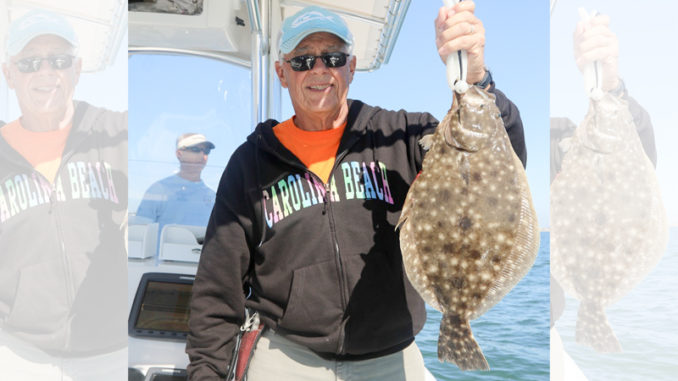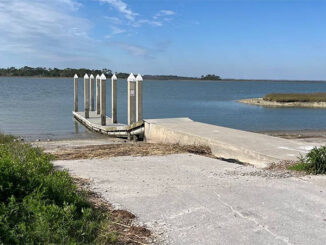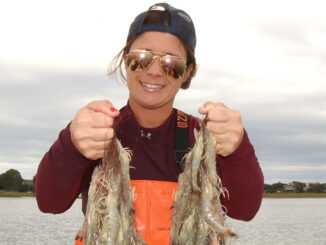
Catch more flounder with these tips
Anglers target flounder most often while fishing inshore waters. But these fish also bite in front of beaches on nearshore wrecks and reefs. They seem to be more common in these areas as the water cools down. So this is the time of year when Dallas Lonagen of Ridgeville, S.C. heads to the Edisto nearshore reef with plenty of mullet and mud minnows.
“This reef is real close. It’s just under 2 miles off of the beach, which is the main reason I go there,” he said. “But it’s full of flounder. The secret here is knowing which side of the debris they will be on for any given day.”
And Lonagen said that secret is simple.
“On the incoming tide, the flounder will hold up on the beach side of the reef. On the outgoing tide, they will shift to the open, ocean side. That’s the rule of thumb anyway. It usually holds true from my experience,” he said. “The thing is, there’s very few people fishing here. And the ones that are just seem to catch black sea bass and toadfish. But if you set up properly, you can get on the flounder big time.
“When I find the reef on my electronics, I anchor down where I can put my bait along the edge of it and at one of the corners. I don’t fish along the middle of it. I think they prefer the corners because it’s a better ambush spot. I anchor down where I can make a long cast alongside the debris. I let my bait sink all the way, then I slowly work it back, just reeling as slowly as I can stand.”
Use plenty of weight and short leaders
Lonagen uses anywhere from a 2- to 4-ounce weight to get his bait down quickly. He also uses a relatively short leader.
“There’s plenty of black sea bass here, and they’ll hit anything they can. More weight helps the bait get through them and to the bottom quickly. And the bottom is where the flounder are,” he said. “I use a 10- to 12-inch leader because you don’t want that minnow swimming up. You will catch everything but flounder if you don’t have your bait directly on the bottom. Sometimes, I even use a 1/4-ounce jighead for my hook, even when I have a big weight above my leader.”
The flounder here bite differently than they do in the inshore creeks, according to Lonagen.
“You’ll feel one big thump, and that’s it. They won’t run with it. They won’t ease off with it. They’ll engulf it, then sit there,” he said. “The only thing you’ll feel besides the thump is dead weight. It’s easy to set the hook too soon when fishing inshore, but that’s not the case on the reef. When you feel that thump, tighten up your line and set the hook.”
Lonagen believes other reefs and wreck are just as populated with flounder this time of year, but he said this reef is the easiest one to get to and the easiest one to fish.
Click here to read about catching bull redfish in front of Edisto Beach.





Be the first to comment